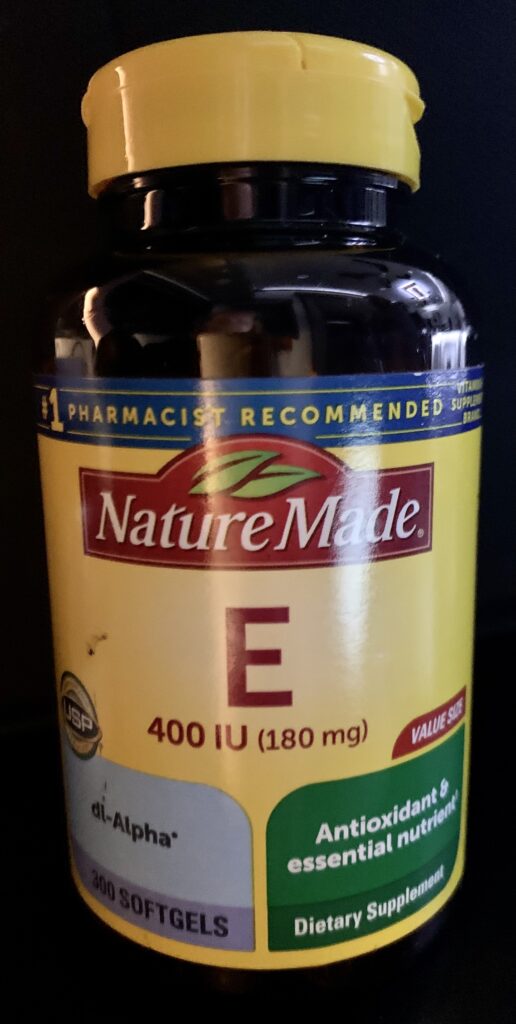
Life within 100 years, 1922-2022
The year 1922 brought a plethora of medical, economic and social and other innovations that still has an impact on society today.
The formation of the Union of Soviet Socialists Republics, Prohibition Laws in the United States were strengthened and the British Broadcasting Company was formed.
Three animals were hunted to extension, the California grizzly bear, the last known wild Barbary Lion and the Amur tiger became extinct in South Korea.
Amongst all the social and environmental changes that occurred in 1922, many medical advancements occurred that year paved the way to pivotal life-changing breakthroughs that have a great impact on our society today.
Today, type one diabetes accounts for about 5% of the diabetic population and affects 20 million people worldwide. 11% out of 34 million Americans who have diabetes have type one diabetes out of the U.S. population.
A diagnosis of type one diabetes today is often not a huge concern to those who manage the disease with insulin and a proper lifestyle.
However, before 1922 receiving a diagnosis of diabetes often meant a death sentence.
Without insulin, the body will start to break down its own muscle and fat which results in rapid weight loss. This leads to a condition called diabetic ketoacidosis which is when the bloodstream becomes acidic. The bloodstream then becomes severely dehydrated and can result in death.
The best that doctors could provide before the discovery of insulin was prescribing their patience a variety of lifestyle and food changes that were not effective at all.
In early 1921, Sir Frederick G Banting, Charles H Best and JJR Macleod at the University of Toronto successfully isolated the hormone of insulin which marked one of the most important medical breakthroughs in history.
On Jan. 11, 1922, 14-year-old Lenard Thompson was the first human patient to be injected with insulin to treat his type one diabetes. This was a huge medical breath through that would result in saving millions of lives.
The teenager was given his second dose of insulin just twelve days later after a refining process which improved the cow pancreas from how the insulin was delivered.
Free from royalties, the University of Toronto gave pharmaceutical companies license to produce insulin soon after the success that Lenard had experienced.
Without the discovery of insulin in 1921, and the first patient testing done made in 1922, nearly 1.6 millionAmericans living with type one diabetes would not be alive today.
Amongst all the medical advancements that took place in 1922, the one that mirrors the issues present in many schools and court cases today are vaccination requirements.
For more than a century, schools and citizens have been fighting whether or not schools can mandate students to be required to be vaccinated for certain viruses and diseases.
The debate of whether the COVID-19 vaccine should be required in schools is one that is prevalent in the discussion today.
A similar debate transpired in 1922 when many public schools started to require students to be vaccinated and provide proof of vaccination for smallpox before attendance was allowed.
Smallpox is one of history’s deadliest diseases claiming the lives of killed more than 300 million people since 1900.
A court case unfolded when a student from San Antonio Texas was prohibited from enrolling in a public school because of their failure to present proof of vaccination for smallpox.
Rosalyn Zucht’s argument against her vaccination status went all the way to the Supreme Court.
Arguing that the city ordinance requiring students to be vaccinated in order for them to attend a public school infringed on their rights.
Similar to today’s arguments, Zuckt’s argument was based on the infringement of her due process and equal protection clauses rights.
Also, that her Fourteenth Amendment was violated by the school’s requirement for her to be vaccinated.
The court dismissed the argument brought to them by Zucht, stating that the constitutional question presented for their argument was not substantial in its character. Also citing previous cases which had also determined that a city ordinance was a law of the state and that it was, “Within the police power of a state to provide for compulsory vaccination”.
Vaccination cards, similar to the ones given after a COVID vaccine, were given to patients who were vaccinated for smallpox, or had, smallpox that was signed off by the patient’s doctor.
Amongst many of the medical advancements and discoveries made in 1922, many vitamins were discovered in within this year.
Vitamin E was discovered by Herbert Mclean Evans and Katherine Scott Bishop in 1922 and was first isolated in pure form by Evans in 1935.
The discovery and isolation of this vitamin in pure form has provided a way for us to take these important antioxidants properties that are important for vision, reproduction, blood health, and bran and skin health.
This vitamin can also be found in foods such as plant-based oils, nuts, seeds, fruits and vegetables.
That same year Richard Kuhn discovered Vitamin B2 and was isolated in 1933. Vitamin B plays an important role in maintaining good health by impacting energy levels, brain function and cell metabolism.
The discovery of this vitamin and pure isolation of it has helped provide a way to take the vitamin that helps prevent infections and helps promote overall cell health. Eggs, lean meats, cheese and yogurt are amongst the foods that contain this vitamin.
These vitamins are utilized today to maintain a healthy balanced diet and can be often found and sold in pill capsule form in local drug stores. The use and discovery of these vitamins have changed the way we view medicine and has helped other drugs and the discovery of other vitamins through these vitamins.
Within 100-years, medical advancements made in 1922 have helped paved the way for future medical advancements that were built off of the ones that advanced in that year.
The medical advancements made in 1922 have provided many with longer, healthier lives that will continue to impact future generations to come.




